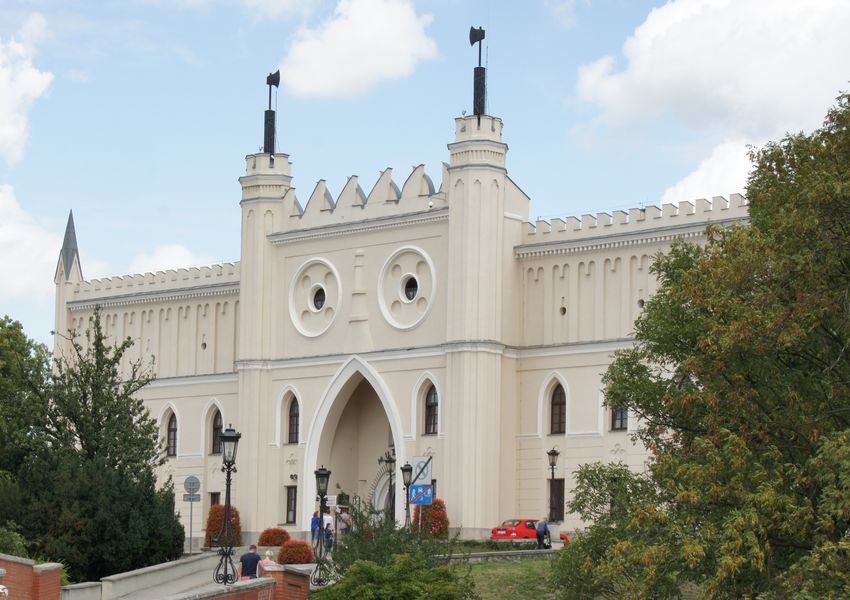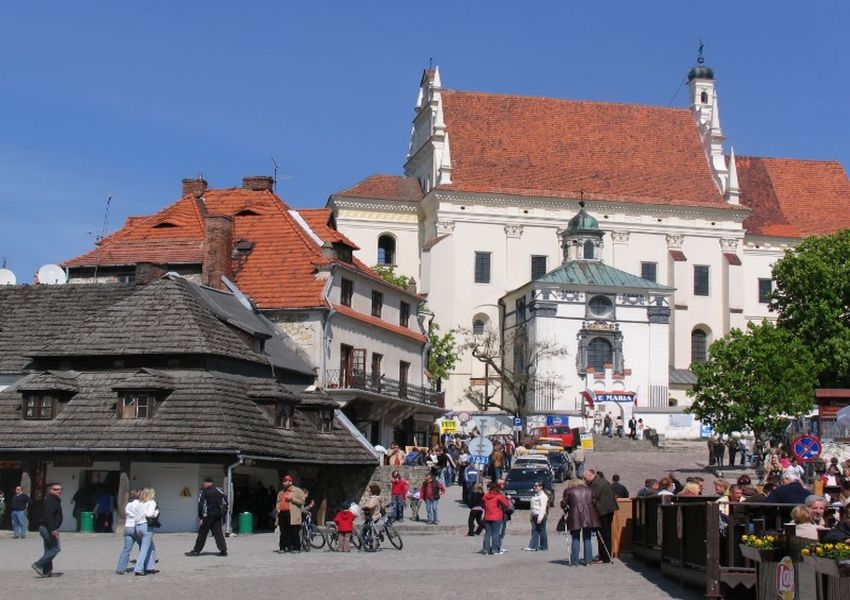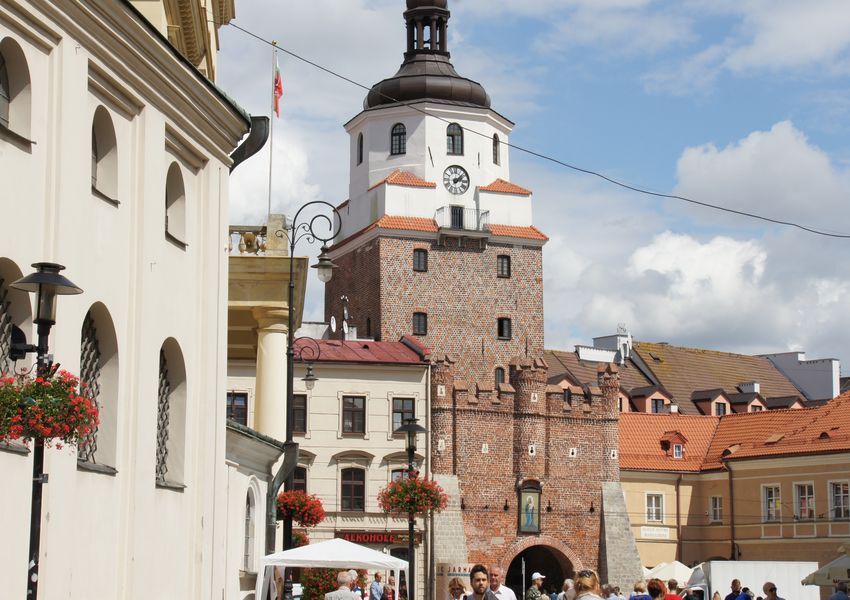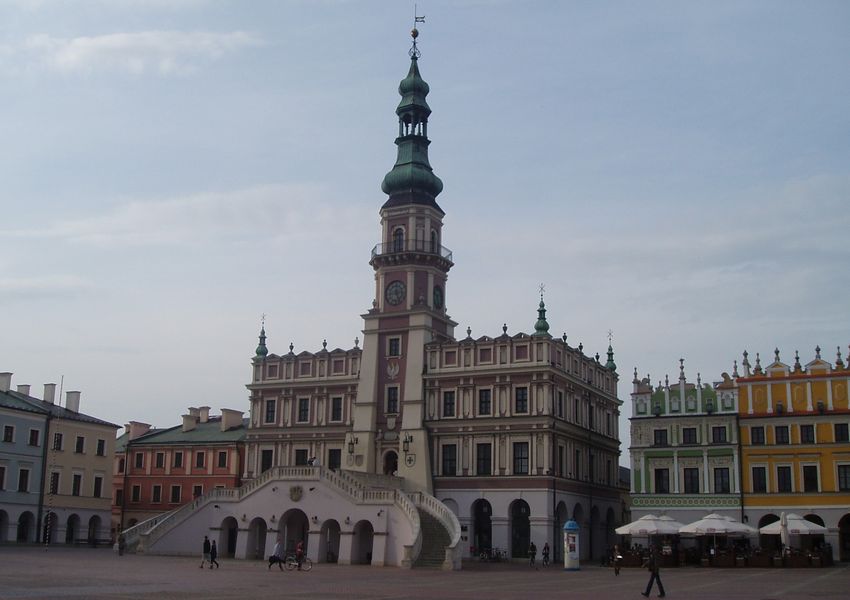Lubelskie Region - here European Union begins
is hospitable and friendly ground, joining into harmonious way traditions, religions and culture of different nations.

Its location, on borderland of Western and Eastern Europe, makes this region exceptional with great development possibilities. There are here the most important transcontinental road routes and railways, leading from Brussels, Berlin and Warsaw to Moscow, Vilnius, Minsk, Kiev, Lvov, Odessa.
Every year millions of travelers cross Eastern border of European Union with Ukraine and Belarus.
The economy of Lubelskie Region for ages base on agriculture and food production. Lubelskie Region is potentate of fruit-growing cultivation (over 20% orchards in Poland), especially: raspberries, currants, strawberries, cherries. Region plays leading part in production of: hop, sugar, tobacco, cereal.
Clean natural environment, favorable conditions soil-climatic and traditional model of small, family farms have decided about dynamic development of organic agriculture.
Lubelskie Region is one of national leaders in health food production.
Second way of development is agrotourism which makes possible acquaintance of natural environment, customs local, tradition as well as regional kitchen. Agrotourism offers natural and active tourism: hiking, bicycle, horse routes and numerous nature-educational paths in national parks in national and landscape parks.
Lubelskie is located in one of the most green and ecologic clean regions of Europe. Here is located the largest in country group of Forests Janowskie and Solska Forest. Also here are stretch from Kraśnik to Hrebenne (and further to Lvov) picturesque areas of afforested hills of Roztocze. Forest land, with deep valley, numerous springs and small waterfalls on rocky terrains creates superb conditions for foot and bicycle wander.
Apart from peculiarities of the nature, you will find here old country huts, antique small churches, Orthodox churches, cemeteries, and also on borderland in forests concrete bunkers from so-called Mołotow line, built hurriedly by Red Army in years 1940-41.
Roztoczański National Park protects the valuable forests of Central Roztocze, with fir-beeches forests - typical for Carpathians. Town of Zwierzyniec was formerly hunting terrain of Zamoyski family. Now it is farming of Polish pony, coming from extinct already specie of forest horse - tarpan.
Poleski National Park is also known from protection of priceless natural environment and dying species of animals. Here are located water-peat terrains of Łęczna-Włodawa Lake District. This area is a part of International Reserve of Biosphere Western Polesie. This exotic land is a den of cranes, elk, pond turtle and many others. Info: poland.gov.pl
Travelpoland.info offers - Flights to Poland - Bus and Coach - Hotels in Poland































































